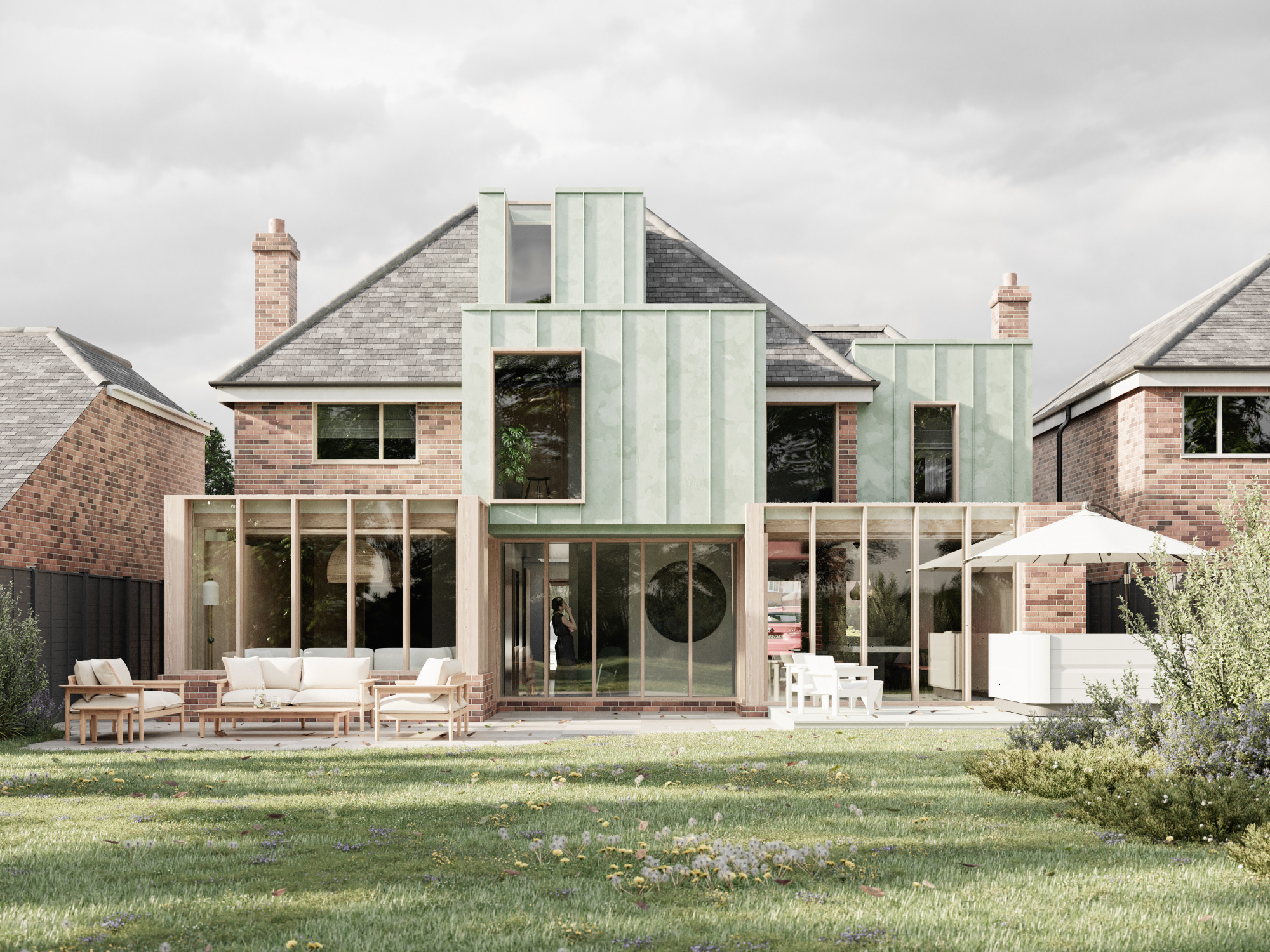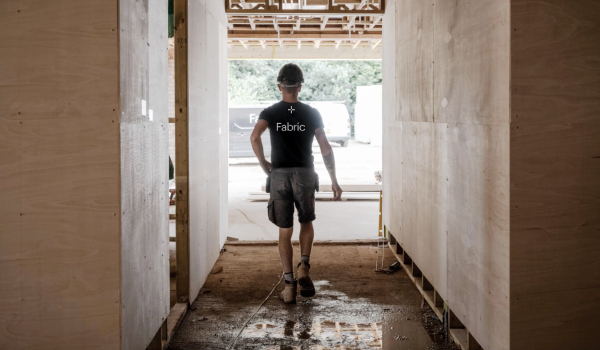 Back to Journal
Back to Journal

News - February 2023
Understanding Permitted Development: A Guide for Homeowners
When it comes to building an addition or extension to your property, it helps to know the intricacies linked to Permitted Development and what it does and doesn’t allow.
Certain extensions and changes of use, such as a luxurious loft conversion, may fall under Permitted Development, however, the criteria for such developments are highly specific and must be met in order to qualify. In this guide, we expand upon Permitted Development from the homeowner’s perspective; what it is, what it allows, and when planning permission may be required.
What is Permitted Development?
Permitted Development is, quite simply, the right to undertake certain home improvements such as extensions or outbuildings, without the need to apply for planning permission. In most cases, Permitted Development rights are limited by the size of the extension or alteration planned. Anything that falls outside of what Permitted Development rights allow, based on size or any other reason, will require planning permission.
What Permitted Development Allows
Permitted Development rights afford homeowners the opportunity to enhance both the internal and external aesthetic of their property. However, the strict criteria that must be met cannot be overstated. Should your project fall outside of these guidelines, planning application will be required.
Examples of home improvements and alterations that may be made under the umbrella of Permitted Development include:
- The construction of a rear extension within the established limitations for both single and double storey extensions
- The addition of a porch, provided it does not exceed 3m2
- The addition of satellite dishes, antennae, roof lights and dormer windows
- The installation of microgeneration equipment such as solar panels
- Transformative changes of use (loft, garage, or basement conversions) also fall under Permitted Development and do not require planning permission
What Permitted Development Does Not Allow
There are certain stipulations for which Permitted Development does not make allowances. Most common among these include listed buildings and properties located within designated areas, as these may be subject to restricted Permitted Development rights. Additionally, homeowners of flats or maisonettes should be aware that Permitted Development rights may not apply at all due to the potential impact on neighbouring properties.

Other limitations include anything that falls outside of the criteria listed under the Permitted Development rights. Where planning permission is required, your application will be assessed by your local council and, based on their findings, granted or revoked.
Building Regulations Approval, Prior Approval and Lawful Development Certificates
Understanding these terms and how they may apply to your improvement or extension is beneficial.
Building Regulations Approval
Building Regulations pertain to the construction itself, and is separate from Permitted Development or planning permission altogether. Building Regulations approval is always required for work done.
Prior Approval
Certain Permitted Development rights allow for extensions and additions subject to a Prior Approval. Development drawings and documents must be submitted to the local planning authority before any work begins. The neighbours of the property will then have twenty-one days to raise any objections. If none are received, Prior Approval will be granted.
Lawful Development Certificate
To ensure Permitted Development certainty, a Lawful Development Certificate can be obtained. To achieve this, a comprehensive outline of your proposed project, and how it aligns with Permitted Development guidelines, must be submitted to the local council for review. This is not the same as a planning application; it is a determination by the council of compliance with Permitted Development regulations.
The Penalty for Building Without Planning Permission
If construction has taken place under the assumption of Permitted Development rights where planning permission was needed, a retrospective planning application will be required.
However, should planning permission be refused, it is possible that any construction work completed would need to be demolished. This highlights the importance of obtaining a Lawful Development Certificate.
Working Within Your Permitted Development Rights
With a collection of architects, designers and construction specialists, Fabric Design and Build is the perfect partner for your dream builds. We provide a wealth of Permitted Development technical guidance, bespoke architectural design, and high-quality builds.
Peruse some of our previous projects, and contact us for any extension or design and build projects.











